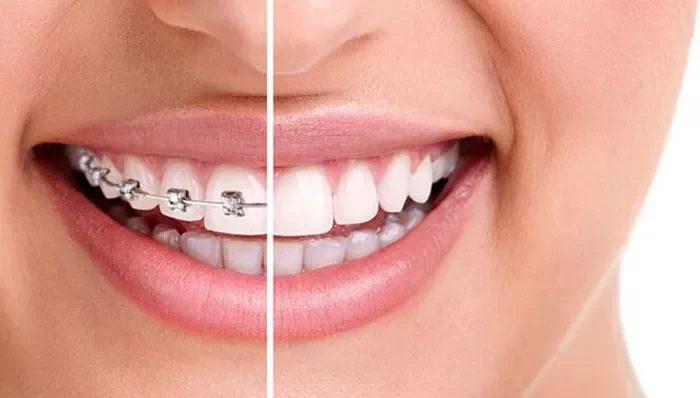Orthodontic elastics, also known as rubber bands, are a small but important part of orthodontic treatment. They work by applying pressure to the teeth and jaw, which helps to move them into the correct position. In this article, we will discuss what orthodontic elastics are, how they work, and how to use them properly to ensure the best possible outcome from orthodontic treatment.
What Are Orthodontic Elastics?
Orthodontic elastics are small rubber bands that are used to apply pressure to the teeth and jaw. They are typically placed around brackets on the upper and lower teeth and can be worn in a variety of configurations depending on the specific needs of the patient. Orthodontic elastics are available in a variety of sizes, colors, and strengths, and can be customized to fit the unique needs of each patient.
Purpose of Orthodontic Elastics
Orthodontic elastics are used to apply additional pressure on specific teeth to encourage movement. They connect different parts of the braces (such as brackets and hooks) and help align the upper and lower teeth. The main purposes include:
Correcting Bite Issues: Elastics can help fix overbites, underbites, crossbites, and open bites by adjusting the alignment of the upper and lower jaws.
Improving Tooth Alignment: They can help rotate teeth or close spaces between them by pulling them into the desired positions.
Enhancing Treatment Efficiency: Elastics can speed up the treatment process by applying continuous, gentle pressure on specific teeth, leading to quicker results.
Types of Orthodontic Elastics
There are several types of orthodontic elastics that can be used in orthodontic treatment, including:
1. Interarch Elastics
Interarch elastics are used to correct bite problems, such as overbites, underbites, and crossbites. They are typically worn in a triangular configuration between the upper and lower teeth and apply pressure to the jaw to correct the bite.
2. Intraarch Elastics
Intraarch elastics are used to correct tooth alignment problems, such as crowding or spacing. They are typically worn in a vertical configuration between brackets on the same arch and apply pressure to individual teeth to move them into the correct position.
3. Rubber Chain Elastics
Rubber chain elastics are used to close gaps between teeth. They are typically worn in a horizontal configuration between brackets on the same arch and apply continuous pressure to move the teeth together.
4. Triangle Elastics
Triangle elastics are used to correct bite problems, such as overbites, underbites, and crossbites. They are typically worn in a triangular configuration between brackets on the same arch and apply pressure to move the teeth and jaw into the correct position.
How to Use Orthodontic Elastics Properly
Using orthodontic elastics properly is important to ensure the best possible outcome from orthodontic treatment. Here are some tips for using orthodontic elastics properly:
Follow Your Orthodontist’s Instructions
Your orthodontist will provide specific instructions on how to use your orthodontic elastics. It is important to follow these instructions carefully to ensure that your treatment is progressing as planned.
1. Wear Your Elastics Consistently
Orthodontic elastics are typically worn for a specified amount of time each day. It is important to wear them consistently and not skip days or wear them for shorter periods of time than recommended.
2. Change Your Elastics Frequently
Orthodontic elastics can lose their elasticity over time, which can reduce their effectiveness. It is important to change your elastics frequently as recommended by your orthodontist to ensure that they are providing the necessary pressure to your teeth and jaw.
3. Use the Correct Size and Strength of Elastics
Using the correct size and strength of orthodontic elastics is important to ensure that they are providing the necessary pressure to your teeth and jaw. Your orthodontist will provide specific recommendations on the size and strength of elastics to use.
4. Avoid Overstretching or Overusing Your Elastics
Overstretching or overusing your orthodontic elastics can cause them to break or lose their effectiveness. It is important to follow your orthodontist’s instructions carefully and not overuse or overstretch your elastics.
Conclusion
Orthodontic elastics are a small but important part of orthodontic treatment. They work by applying pressure to the teeth and jaw, which helps to move them into the correct position. Using orthodontic elastics properly is important to ensure the best possible outcome from orthodontic treatment. Following your orthodontist’s instructions, wearing your elastics consistently, changing them frequently, using the correct size and strength of elastics, and avoiding overstretching or overusing your elastics are all important steps in using orthodontic elastics properly. With the right orthodontic treatment and proper use of orthodontic elastics, you can achieve a healthy, beautiful smile that lasts a lifetime.
Related topics:

